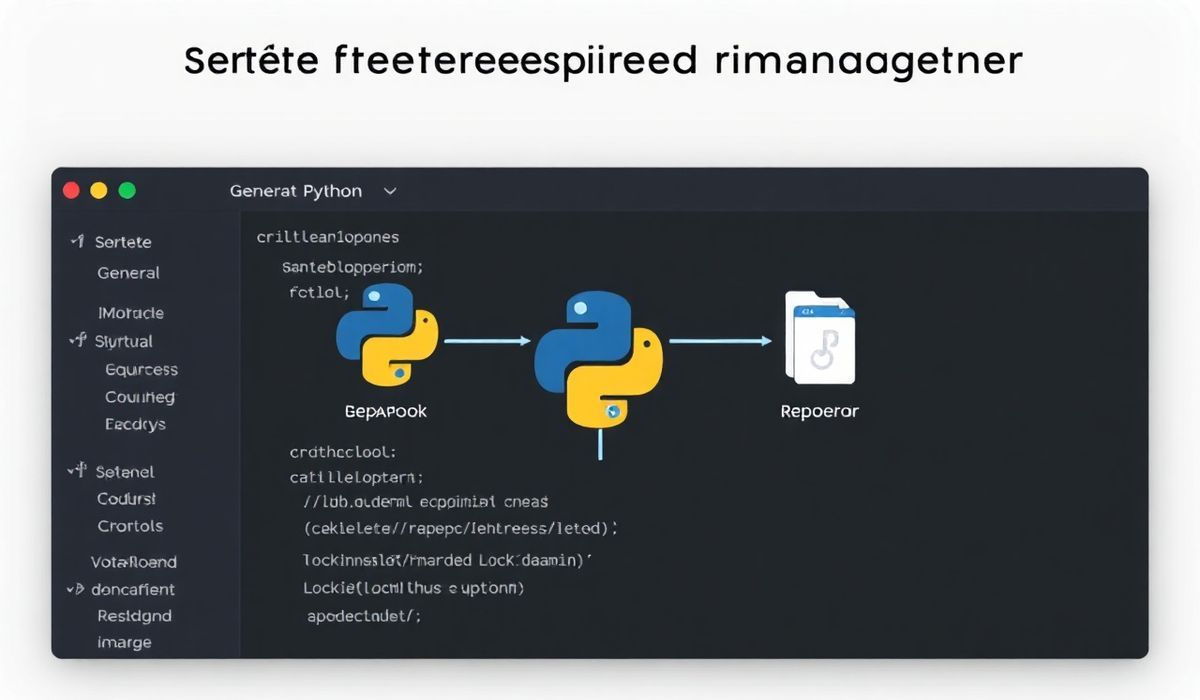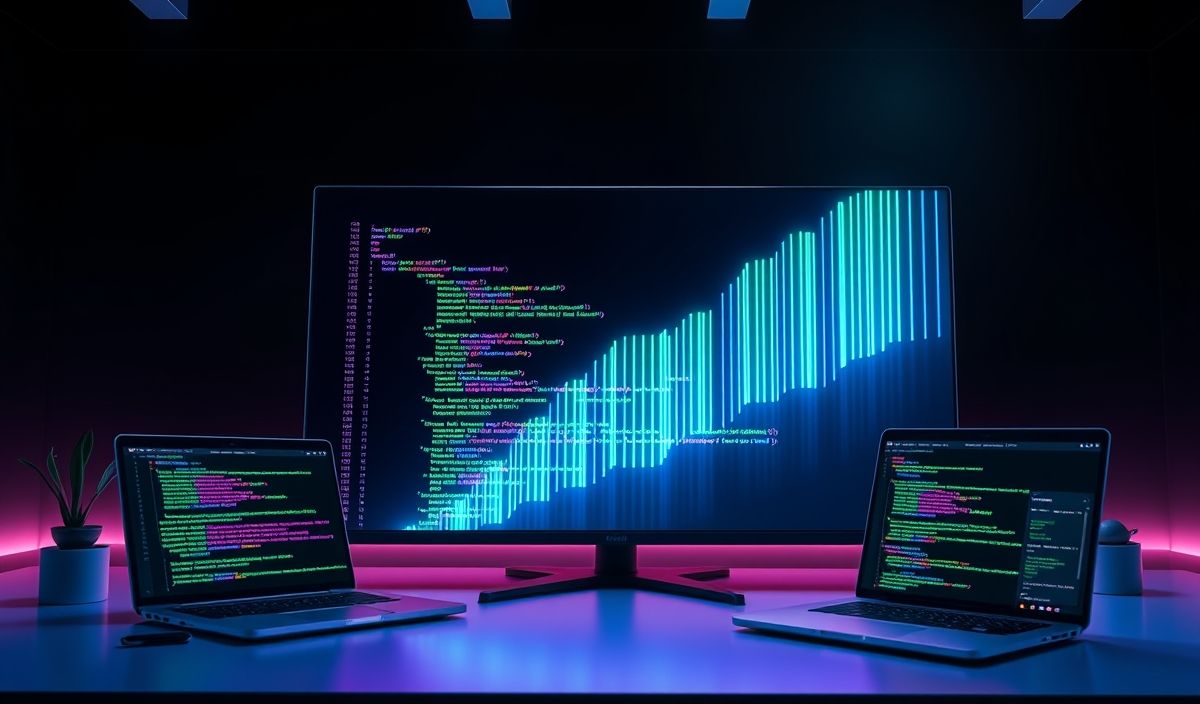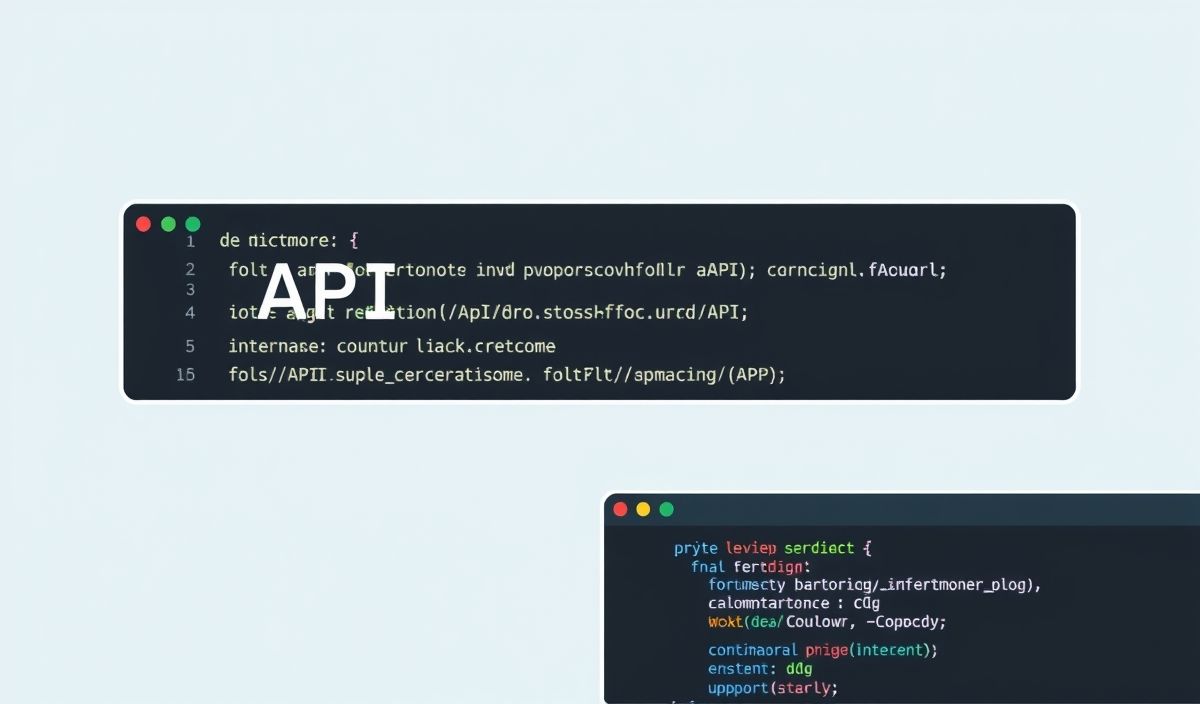Introduction to Pipenv
Pipenv is a powerful tool for Python developers, designed to simplify the complexities of managing project dependencies and virtual environments in Python. It combines functionalities provided by pip, virtualenv, and requirements.txt into an intuitive workflow. Pipenv not only ensures deterministic builds with a Pipfile.lock, but also makes it easier to isolate environments for better project management.
Why Pipenv?
- Automatic creation of virtual environments.
- Human-readable
Pipfileinstead ofrequirements.txt. - Locking dependencies to ensure consistent builds with
Pipfile.lock. - User-friendly CLI with advanced features.
- Integration with Python IDEs like PyCharm and Visual Studio Code.
Pipenv APIs and Their Examples
1. Installing Pipenv
$ pip install pipenvEnsure you have installed Pipenv globally to start managing projects with it.
2. Creating a Virtual Environment and Installing Packages
$ pipenv install requestsThis command creates a new virtual environment (if one doesn’t already exist) and installs the requests library. It also generates a Pipfile that tracks dependencies and adds requests under “packages”.
3. Installing Dev Dependencies
$ pipenv install pytest --devThe --dev flag is used to install developer-specific dependencies. They will be added under the “[dev-packages]” section in your Pipfile.
4. Shelling Into the Virtual Environment
$ pipenv shellThis command activates the virtual environment, allowing you to use Python and installed libraries within the isolated environment.
5. Uninstalling a Package
$ pipenv uninstall requestsUninstalls the requests library and updates the Pipfile accordingly.
6. Installing All Packages from a Pipfile
$ pipenv installInstalls all dependencies defined in an existing Pipfile.
7. Generating a Requirements File
$ pipenv lock -rExports a requirements.txt file from the Pipfile.lock. Useful for deploying to environments where Pipenv might not be available.
8. Checking Security Vulnerabilities
$ pipenv checkScans dependencies based on the Pipfile.lock for known security vulnerabilities.
9. Running a Script with Dependencies
$ pipenv run python app.pyExecutes the Python script app.py within the isolated environment.
10. Specifying a Python Version
$ pipenv --python 3.10Creates a virtual environment using Python 3.10, provided it is installed on your system.
11. Cleaning Up Unused Dependencies
$ pipenv cleanRemoves packages not specified in the Pipfile from the virtual environment.
Building a Simple App Using Pipenv
Example: A To-Do CLI App
Let’s build a simple to-do list application using Pipenv and the Click library to demonstrate a real-world use case.
Step 1: Initialize the Project
$ mkdir todo-app && cd todo-app
$ pipenv install clickThis initializes a new Pipenv project and installs the click package.
Step 2: Create the App
# Save this in a file named 'app.py'
import click
tasks = []
@click.group()
def cli():
"""A Simple To-Do List CLI"""
pass
@cli.command()
@click.argument('task')
def add(task):
"""Add a new task."""
tasks.append(task)
click.echo(f'Task added: {task}')
@cli.command()
def list():
"""List all tasks."""
if not tasks:
click.echo("No tasks yet!")
else:
click.echo("Tasks:")
for idx, task in enumerate(tasks, 1):
click.echo(f"{idx}. {task}")
@cli.command()
@click.argument('task_number', type=int)
def remove(task_number):
"""Remove a task by its number."""
if 0 < task_number <= len(tasks):
removed = tasks.pop(task_number - 1)
click.echo(f"Removed task: {removed}")
else:
click.echo("Invalid task number")
if __name__ == "__main__":
cli()
Step 3: Run the Application
$ pipenv run python app.py add "Buy groceries"
$ pipenv run python app.py list
$ pipenv run python app.py remove 1This basic example shows how Pipenv simplifies dependency management while letting you focus on building your application.
Conclusion
Pipenv is a game-changer for Python developers looking for an organized and secure way to manage project dependencies. By using Pipenv, you ensure reproducibility, better collaboration, and a more seamless development workflow. Start using Pipenv today to supercharge your Python projects!




